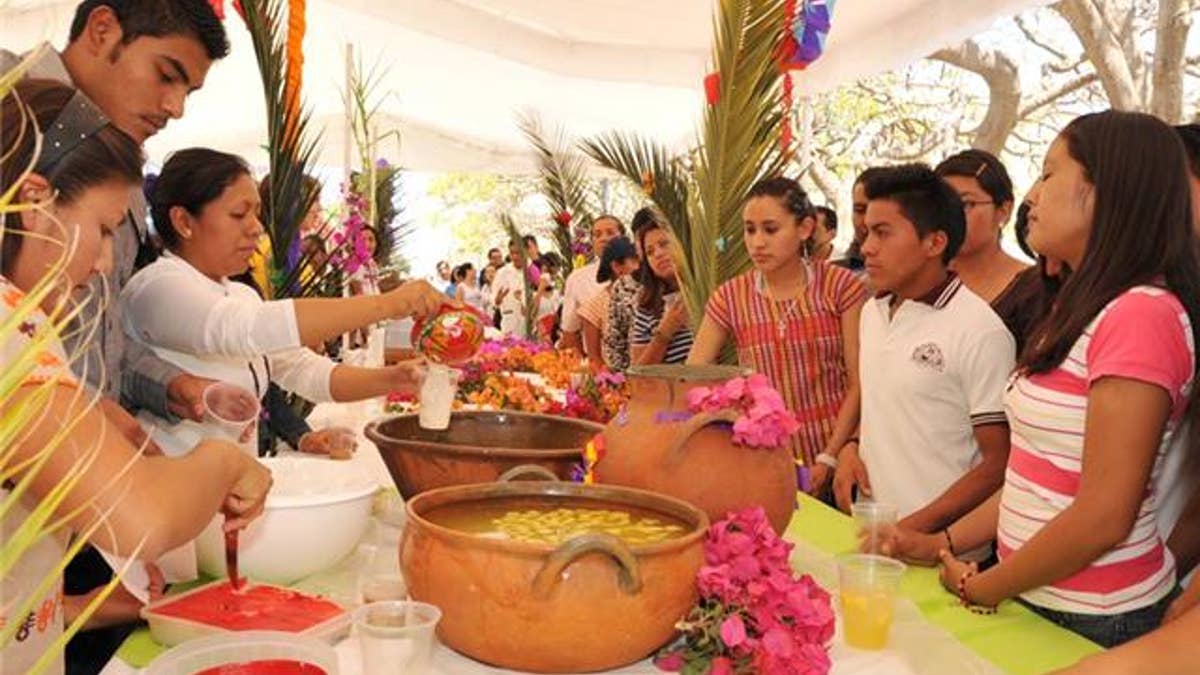
My mother had a strict rule at the ranch: We were allowed to have a small bottle of Coca Cola once a week, on Sundays. The rest of the week she would make delicious refreshing aguas frescas of whatever fruit was available. Dried tamarind and hibiscus flowers were available year-round, and those were popular during early summer. But my favorite was an horchata made with cantaloupe seeds instead of rice, which is the more familiar and difficult-to-make version.
As you drive up to any small town in Mexico, there will be stands serving jewel-colored aguas frescas of watermelon, cantaloupe, orange, lime, papaya; vegetables such as cucumber and chayote; and plants like alfalfa (another favorite).
The ingredients depend on the region and Oaxaca has the most varieties. The most surprising is agua de chilacayota, made with a vegetable that is similar to spaghetti squash in that the pulp separates into strings when cooked. Sweetened with piloncillo (unrefined brown sugar), it could be served as a dessert.
There is a beautiful Lenten tradition that recalls the meeting of the Good Samaritan with Jesus Christ at the well. As it’s written in the Gospel of Saint John, Jesus quenched his thirst with freshly drawn water. In Oaxaca, people commemorate this by setting up agua fresca stands all over the city and serving passersby’s for free.
Agua fresca has spread to the United States, where it is found mostly in Latino neighborhoods or in hipster bars, where they have become a favorite mixer for alcoholic drinks or a non-alcoholic option.
Recipe: Three Easy Aguas Frescas (Lime, Guanábana and Spaghetti Squash)
Award-winning restaurateur Zarela Martinez blogs at Zarela.com. You can also check out her how-to videos on YouTube.
Follow us on twitter.com/foxnewslatino
Like us at facebook.com/foxnewslatino
